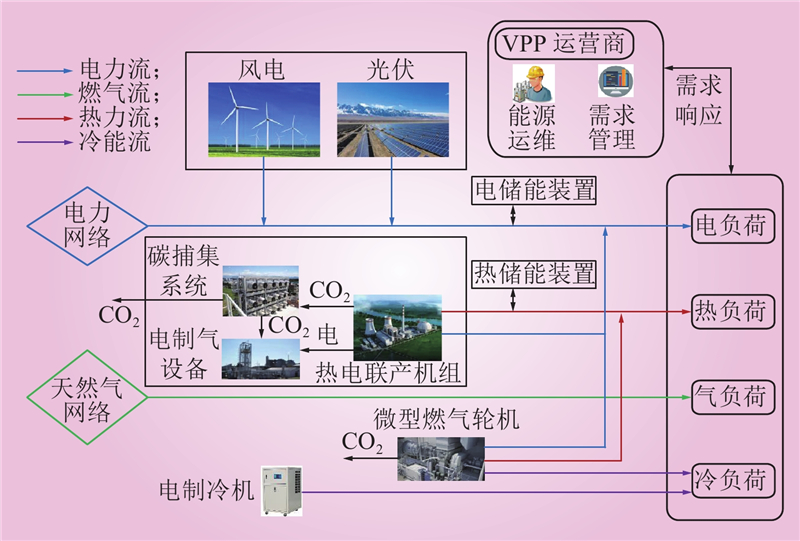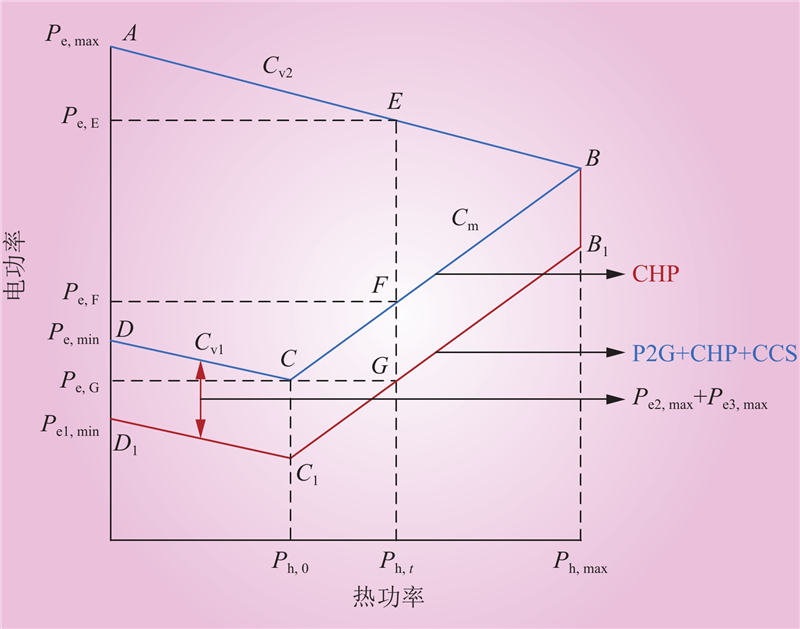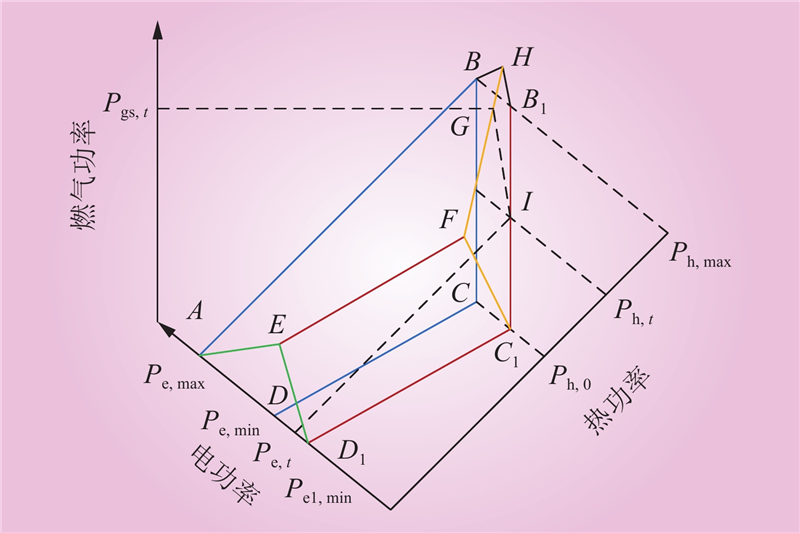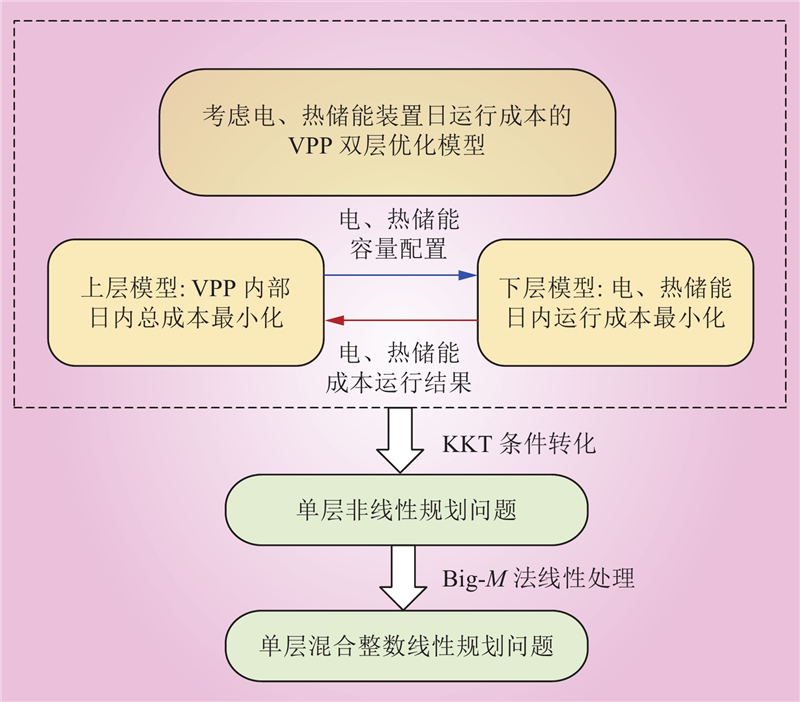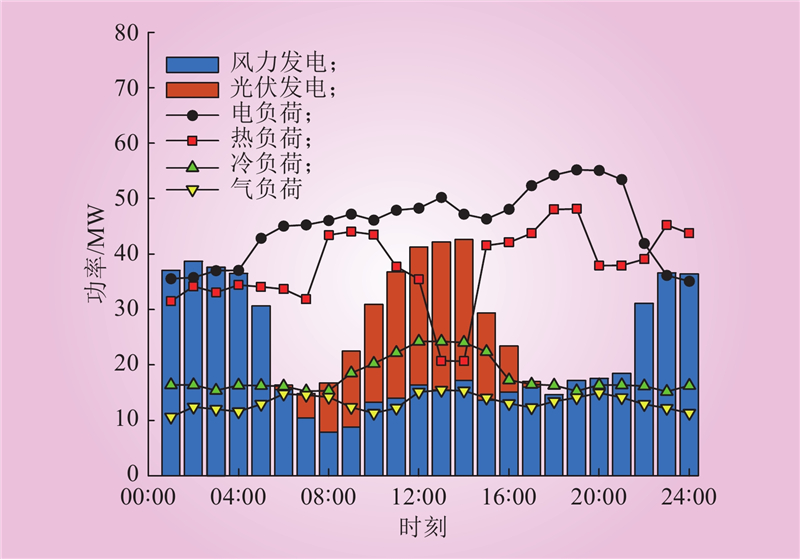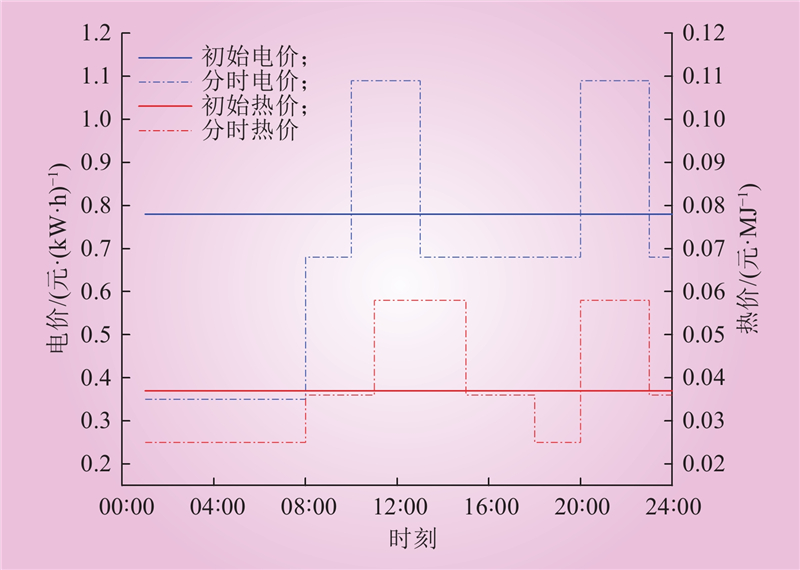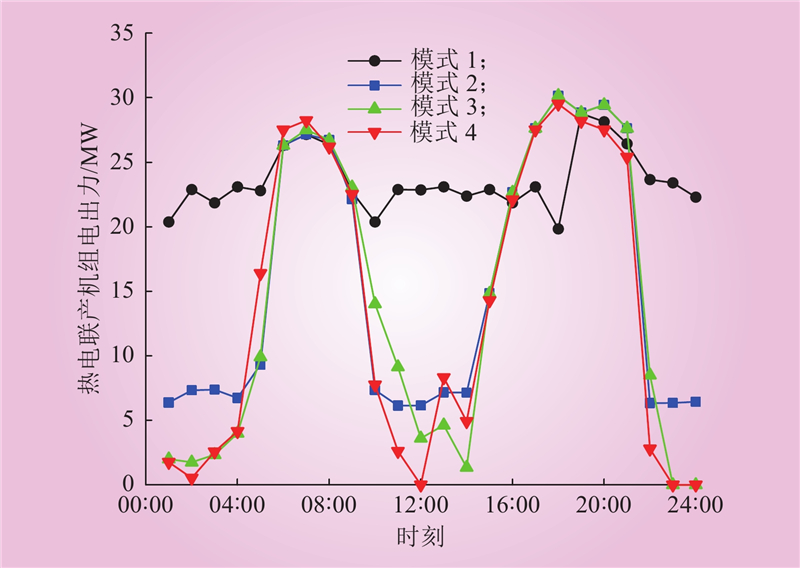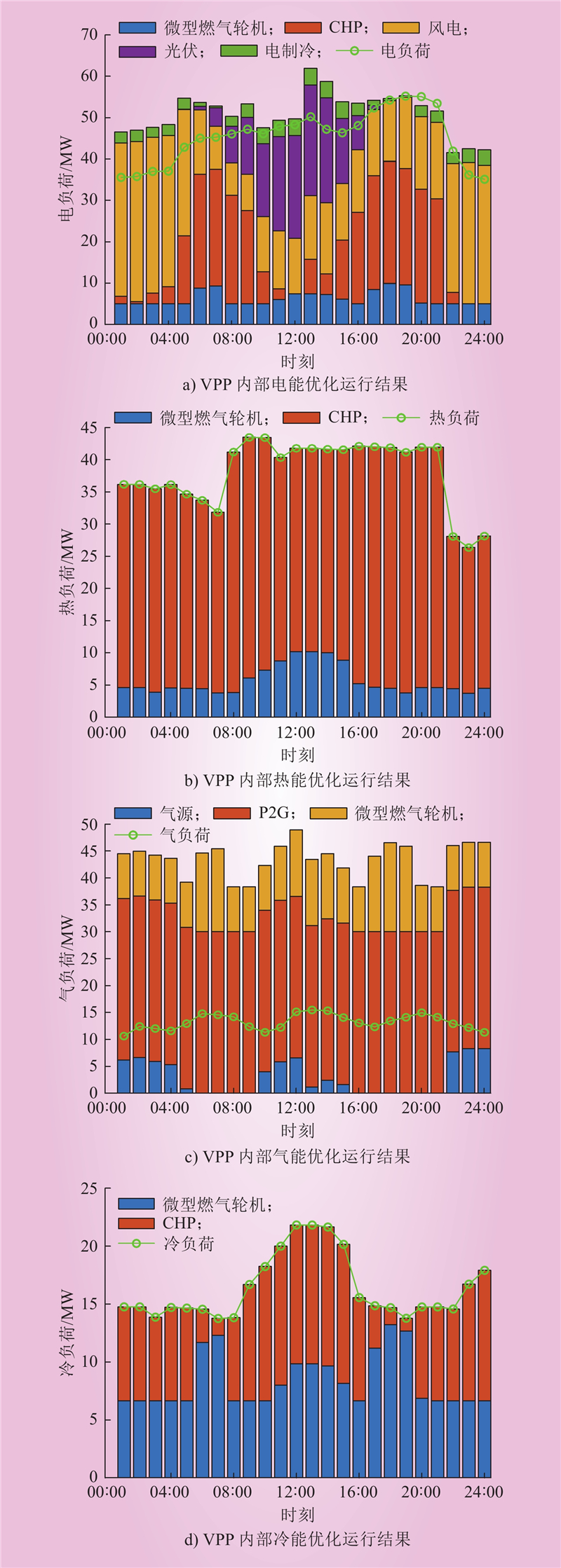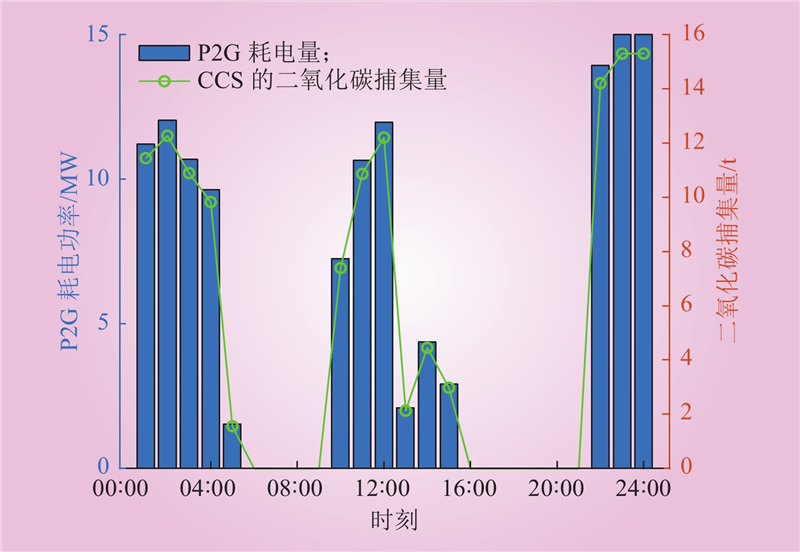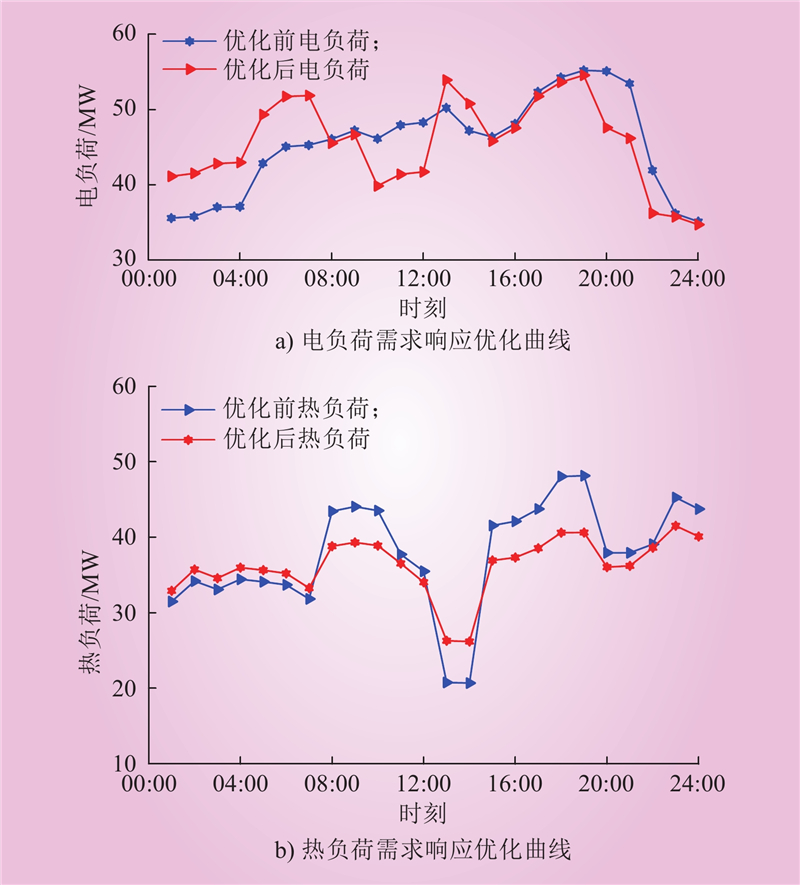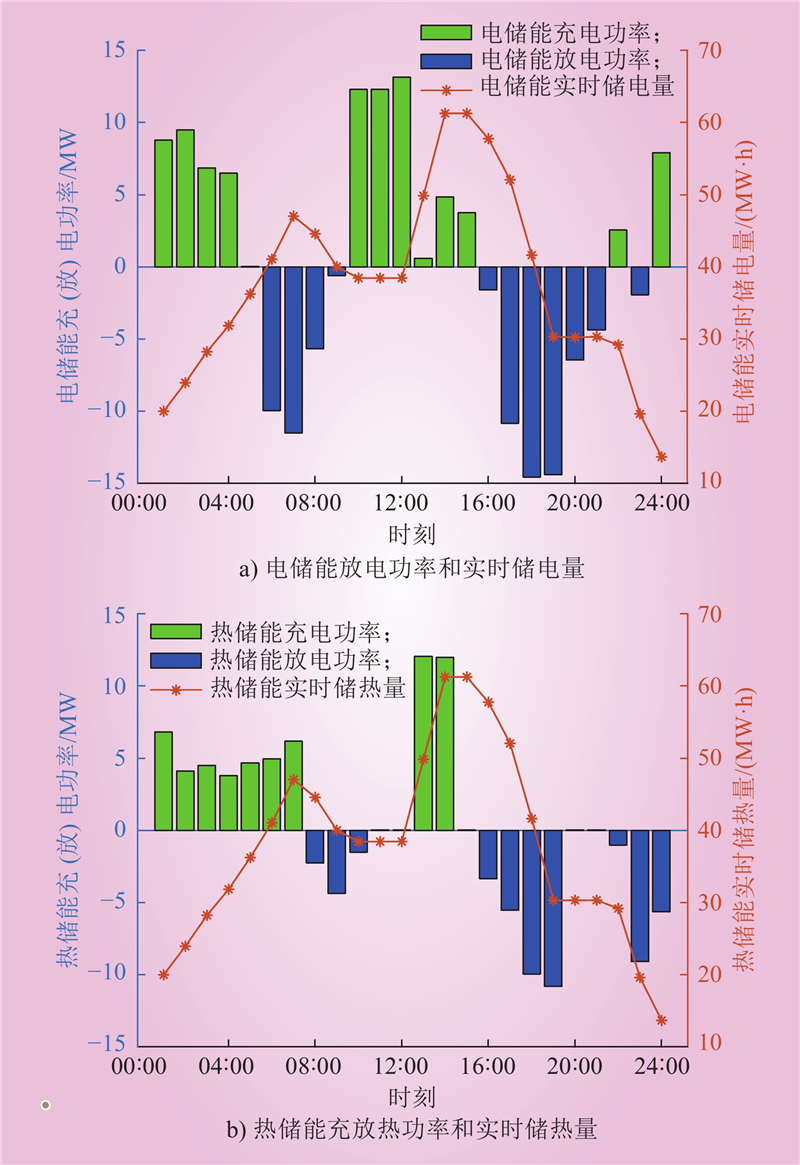| 1 |
康重庆, 杜尔顺, 李姚旺, 等. 新型电力系统的“碳视角”: 科学问题与研究框架[J]. 电网技术, 2022, 46 (3): 821- 833.
|
|
KANG Chongqing, DU Ershun, LI Yaowang, et al. Key scientific problems and research framework for carbon perspective research of new power systems[J]. Power System Technology, 2022, 46 (3): 821- 833.
|
| 2 |
王小惠, 何兆禹, 徐超, 等. 斜温层单罐储热同时蓄放热过程动态特性模拟[J]. 中国电机工程学报, 2019, 39 (20): 5989- 5998, 6179.
|
|
WANG Xiaohui, HE Zhaoyu, XU Chao, et al. Dynamic simulations on simultaneous charging/discharging process of water thermocline storage tank[J]. Proceedings of the CSEE, 2019, 39 (20): 5989- 5998, 6179.
|
| 3 |
陈国平, 董昱, 梁志峰. 能源转型中的中国特色新能源高质量发展分析与思考[J]. 中国电机工程学报, 2020, 40 (17): 5493- 5506.
|
|
CHEN Guoping, DONG Yu, LIANG Zhifeng. Analysis and reflection on high-quality development of new energy with Chinese characteristics in energy transition[J]. Proceedings of the CSEE, 2020, 40 (17): 5493- 5506.
|
| 4 |
FANG T T, LAHDELMA R. Optimization of combined heat and power production with heat storage based on sliding time window method[J]. Applied Energy, 2016, 162, 723- 732.
DOI
|
| 5 |
LORESTANI A, ARDEHALI M M. Optimization of autonomous combined heat and power system including PVT, WT, storages, and electric heat utilizing novel evolutionary particle swarm optimization algorithm[J]. Renewable Energy, 2018, 119, 490- 503.
DOI
|
| 6 |
袁桂丽, 王琳博, 王宝源. 基于虚拟电厂“热电解耦” 的负荷优化调度及经济效益分析[J]. 中国电机工程学报, 2017, 37 (17): 4974- 4985, 5217.
|
|
YUAN Guili, WANG Linbo, WANG Baoyuan. Optimal dispatch of heat-power load and economy benefit analysis based on decoupling of heat and power of virtual power plant[J]. Proceedings of the CSEE, 2017, 37 (17): 4974- 4985, 5217.
|
| 7 |
董洁, 乔建强. “双碳” 目标下先进煤炭清洁利用发电技术研究综述[J]. 中国电力, 2022, 55 (8): 202- 212.
|
|
DONG Jie, QIAO Jianqiang. A review on advanced clean coal power generation technology under "carbon peaking and carbon neutrality" goal[J]. Electric Power, 2022, 55 (8): 202- 212.
|
| 8 |
NI L N, LIU W J, WEN F S, et al. Optimal operation of electricity, natural gas and heat systems considering integrated demand responses and diversified storage devices[J]. Journal of Modern Power Systems and Clean Energy, 2018: 423–437.
|
| 9 |
HE L C, LU Z G, ZHANG J F, et al. Low-carbon economic dispatch for electricity and natural gas systems considering carbon capture systems and power-to-gas[J]. Applied Energy, 2018, 224, 357- 370.
DOI
|
| 10 |
CLEGG S, MANCARELLA P. Integrated electrical and gas network flexibility assessment in low-carbon multi-energy systems[J]. IEEE Transactions on Sustainable Energy, 2016, 7 (2): 718- 731.
DOI
|
| 11 |
何晓洋, 刘淼, 李健, 等. 基于需求侧响应的区域综合能源系统的低碳经济调度[J]. 高电压技术, 2023, 49 (3): 1140- 1149.
|
|
HE Xiaoyang, LIU Miao, LI Jian, et al. Low-carbon economic dispatch of regional integrated energy system based on demand side response[J]. High Voltage Engineering, 2023, 49 (3): 1140- 1149.
|
| 12 |
邓盛盛, 陈皓勇, 肖东亮, 等. 发电商参与碳市场与电力中长期市场联合决策模型[J]. 电力系统保护与控制, 2022, 50 (22): 1- 10.
|
|
DENG Shengsheng, CHEN Haoyong, XIAO Dongliang, et al. A joint decision making model for power generators to participate in the carbon market and the medium-and long-term power markets[J]. Power System Protection and Control, 2022, 50 (22): 1- 10.
|
| 13 |
杨柳, 张超, 蒋勃, 等. 考虑用户满意度的虚拟电厂热电联合低碳经济调度模型[J]. 热力发电, 2019, 48 (9): 40- 45.
|
|
YANG Liu, ZHANG Chao, JIANG Bo, et al. A combined low-carbon economic dispatching model for virtual power plant considering customer satisfaction index[J]. Thermal Power Generation, 2019, 48 (9): 40- 45.
|
| 14 |
卢志刚, 郭凯, 闫桂红, 等. 考虑需求响应虚拟机组和碳交易的含风电电力系统优化调度[J]. 电力系统自动化, 2017, 41 (15): 58- 65.
|
|
LU Zhigang, GUO Kai, YAN Guihong, et al. Optimal dispatch of power system integrated with wind power considering virtual generator units of demand response and carbon trading[J]. Automation of Electric Power Systems, 2017, 41 (15): 58- 65.
|
| 15 |
崔杨, 邓贵波, 曾鹏, 等. 计及碳捕集电厂低碳特性的含风电电力系统源-荷多时间尺度调度方法[J]. 中国电机工程学报, 2022, 42 (16): 5869- 5886, 6163.
|
|
CUI Yang, DENG Guibo, ZENG Peng, et al. Multi-time scale source-load dispatch method of power system with wind power considering low-carbon characteristics of carbon capture power plant[J]. Proceedings of the CSEE, 2022, 42 (16): 5869- 5886, 6163.
|
| 16 |
史喆, 金宇飞, 王勇, 等. 基于用户舒适度区间约束的电热区域综合能源系统优化运行研究[J]. 电力系统保护与控制, 2022, 50 (20): 168- 177.
|
|
SHI Zhe, JIN Yufei, WANG Yong, et al. Optimal operation of an electric heating region integrated energy system based on a user comfort interval constraint[J]. Power System Protection and Control, 2022, 50 (20): 168- 177.
|
| 17 |
陈家兴, 王春玲, 刘春明. 基于改进碳排放流理论的电力系统动态低碳调度方法[J]. 中国电力, 2023, 56 (3): 162- 172.
|
|
CHEN Jiaxing, WANG Chunling, LIU Chunming. Dynamic low-carbon dispatching method of power system based on improved carbon emission flow theory[J]. Electric Power, 2023, 56 (3): 162- 172.
|
| 18 |
XIONG J J, SUN Y H, WANG J X, et al. Multi-stage equipment optimal configuration of park-level integrated energy system considering flexible loads[J]. International Journal of Electrical Power & Energy Systems, 2022, 140, 108050.
|
| 19 |
钟永洁, 孙永辉, 王庭华, 等. 电热气互联能源系统动态环保经济协同灵活性调度[J]. 电网技术, 2020, 44 (7): 2457- 2469.
|
|
ZHONG Yongjie, SUN Yonghui, WANG Tinghua, et al. Dynamic environmental economic and collaborative flexibility dispatch of integrated power, heat and natural gas energy system[J]. Power System Technology, 2020, 44 (7): 2457- 2469.
|
| 20 |
邓杰, 姜飞, 王文烨, 等. 考虑电热柔性负荷与氢能精细化建模的综合能源系统低碳运行[J]. 电网技术, 2022, 46 (5): 1692- 1704.
|
|
DENG Jie, JIANG Fei, WANG Wenye, et al. Low-carbon optimized operation of integrated energy system considering electric-heat flexible load and hydrogen energy refined modeling[J]. Power System Technology, 2022, 46 (5): 1692- 1704.
|
| 21 |
CHEN Z X, ZHANG Y J, JI T Y, et al. Coordinated optimal dispatch and market equilibrium of integrated electric power and natural gas networks with P2G embedded[J]. Journal of Modern Power Systems and Clean Energy, 2018: 495–508.
|
| 22 |
SABOORI H, HEMMATI R. Considering carbon capture and storage in electricity generation expansion planning[J]. IEEE Transactions on Sustainable Energy, 2016, 7 (4): 1371- 1378.
DOI
|
| 23 |
孙惠娟, 刘昀, 彭春华, 等. 计及电转气协同的含碳捕集与垃圾焚烧虚拟电厂优化调度[J]. 电网技术, 2021, 45 (9): 3534- 3545.
|
|
SUN Huijuan, LIU Yun, PENG Chunhua, et al. Optimization scheduling of virtual power plant with carbon capture and waste incineration considering power-to-gas coordination[J]. Power System Technology, 2021, 45 (9): 3534- 3545.
|
| 24 |
袁桂丽, 刘骅骐, 禹建芳, 等. 含碳捕集热电机组的虚拟电厂热电联合优化调度[J]. 中国电机工程学报, 2022, 42 (12): 4440- 4449.
|
|
YUAN Guili, LIU Huaqi, YU Jianfang, et al. Combined heat and power optimal dispatching in virtual power plant with carbon capture cogeneration unit[J]. Proceedings of the CSEE, 2022, 42 (12): 4440- 4449.
|
| 25 |
YANG D S, TANG Q, ZHOU B W, et al. District energy system modeling and optimal operation considering CHP units dynamic response to wind power ramp events[J]. Sustainable Cities and Society, 2020, 63, 102449.
DOI
|
| 26 |
MA Y M, WANG H X, HONG F, et al. Modeling and optimization of combined heat and power with power-to-gas and carbon capture system in integrated energy system[J]. Energy, 2021, 236, 121392.
DOI
|
| 27 |
THIMMAPURAM P R, KIM J. Consumers' price elasticity of demand modeling with economic effects on electricity markets using an agent-based model[J]. IEEE Transactions on Smart Grid, 2013, 4 (1): 390- 397.
DOI
|
| 28 |
YU S M, FAN Y, ZHU L, et al. Modeling the emission trading scheme from an agent-based perspective: system dynamics emerging from firms’ coordination among abatement options[J]. European Journal of Operational Research, 2020, 286 (3): 1113- 1128.
DOI
|
| 29 |
吴盛军, 李群, 刘建坤, 等. 基于储能电站服务的冷热电多微网系统双层优化配置[J]. 电网技术, 2021, 45 (10): 3822- 3832.
|
|
WU Shengjun, LI Qun, LIU Jiankun, et al. Bi-level optimal configuration for combined cooling heating and power multi-microgrids based on energy storage station service[J]. Power System Technology, 2021, 45 (10): 3822- 3832.
|
| 30 |
FANG X, LI F X, WEI Y L, et al. Strategic scheduling of energy storage for load serving entities in locational marginal pricing market[J]. IET Generation, Transmission & Distribution, 2016, 10 (5): 1258- 1267.
|
| 31 |
李淋, 徐青山, 王晓晴, 等. 基于共享储能电站的工业用户日前优化经济调度[J]. 电力建设, 2020, 41 (5): 100- 107.
|
|
LI Lin, XU Qingshan, WANG Xiaoqing, et al. Optimal economic scheduling of industrial customers on the basis of sharing energy-storage station[J]. Electric Power Construction, 2020, 41 (5): 100- 107.
|


